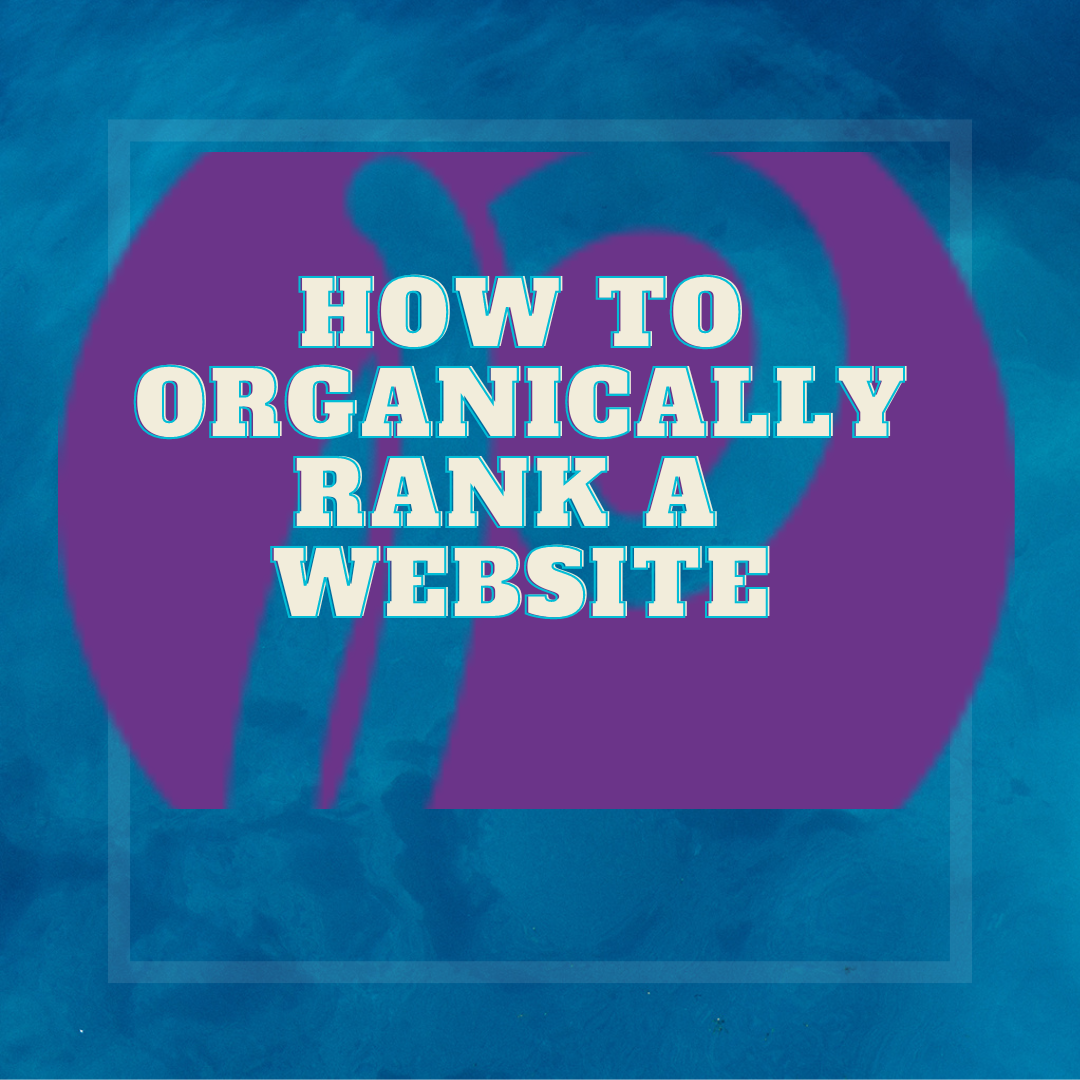There are a variety of tactics and strategies that SEOs use, and this is dependent on a few factors:
What is the niche of the website?
The type of business can help with the approach of SEO tactics. For example, if the business is a local house cleaning service and the competition is low, then deciding on where to focus your organic efforts would be different if the business was an online game design company where you probably wouldn’t be listing yourself for localized results (well maybe in the Metaverse).
Who is the competition?
Most marketers will perform a website or business audit. Within this audit, there is a competitor analysis that will show where the business appears. At one point, a lot of local businesses weren’t using Google Business listings or listed in Maps.
For a local business to be found by local searchers, is a straightforward approach. Imagine tourists from another country visiting and looking for the best seafood to eat. Most will grab their phone and ask this question and the results populate in less than a minute!
Beyond Google, where else do the competitors appear? Are they optimized on Instagram or Facebook?
Is the technical SEO of the site built correctly?
There are tools SEOs use to run technical audits that allow us to see if there are technical items needing fixes. Besides Google Search Console, there is SiteBulb, ScreamingFrog, SiteImprove, and WebPageTest.org; to name a few.
If you are unsure of how to fix a site, a quick search of technical SEOs can be of help.
Who is the target audience?
Some marketers will call these Personas but it comes down to who is the site targeting. If there is no idea of the target audience, then your path to purchase and UX design won’t be as successful as it should be.
Is this site answering the user’s query?
With tools like SEMRush, SearchMetrics, and AlsoAsked, you can see how people are searching and how your site stacks up to the competition. Through the analysis of this data, you should be able to determine whether the site answers the searcher’s query.
What type of outreach is done?
Outreach can be online PR, link earning, or collaborations. Ultimately, is outreach being completed, and is the business gaining the exposure and results from the efforts? Tracking the performance through tools like Buzzstream or Meltwater can track the conversation and the success rate.7. Which type of content performs best?
When creating content, this can be any type of content: written, video, audio, visuals, or a combination. But either way, reviewing your content and the content of your competitors to see which performs the best and making recommendations to the content teams is one way to gain higher rankings.
Don’t forget to address the visitors who come to the site through mobile. Consider how the page is designed, for easy access and ADA compliance.
Supplying the content teams with data and analysis, and being involved from the brainstorming beginning and throughout the review process, ensures the content will be optimized. Some tools to help with measuring content performance are SearchMetrics, SEMRush, and Moz.
These are only a few questions that an SEO asks themselves, as there are many approaches to SEO depending on if it’s an eCommerce, publisher, or lead generation site.


